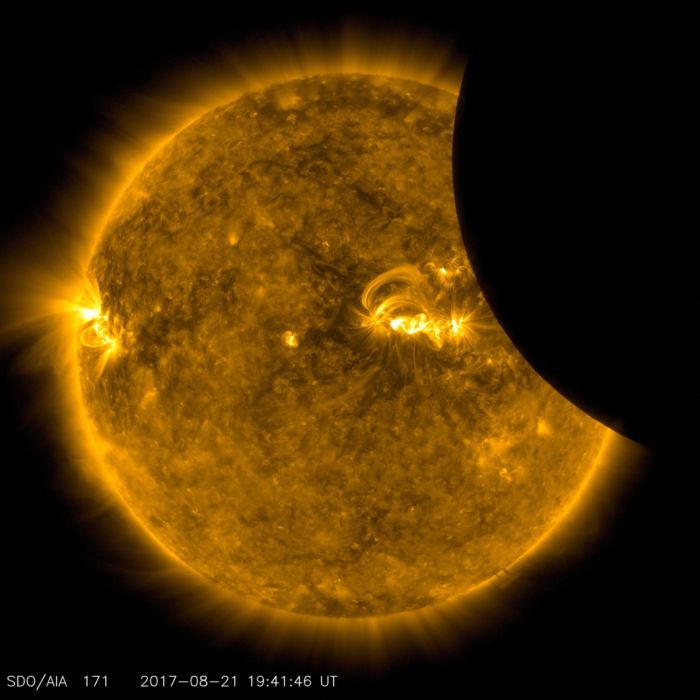

Whether you are in the line of totality or outside of it, never look at the sun without proper solar filters during the partial phases of the eclipse.ĭon’t use sunglasses instead of eclipse glasses. You can then convert that to miles per hour.ĭon’t look directly at the sun when any part of its bright face is still visible.

Since the moon’s shadow has an average diameter of about 110 kilometers, or about 68 miles, you can then divide the time you got in hours into 110 kilometers and receive the speed in kilometers per hour from your location.Then you can convert that time into decimal hours using an online calculator.You can figure out how long in minutes it took the moon’s shadow to pass over you by taking the difference between these times.Record the time when totality ended and everything became light again.Record the time when the totality began and everything was plunged into darkness.

Try This: Because the Earth is a sphere that rotates on its axis, the speed of the moon’s shadow during the total solar eclipse varies in different locations.Īccording to NASA, the steps to take to roughly calculate how fast the moon’s shadow is moving by you are: How fast does the moon’s shadow race across America during a total solar eclipse? If you’re watching totality from a location where you can see a lot of land features, you may be able to figure that out. It will essentially extend totality from being about two and a half minutes to about 90 minutes. But because this eclipse is going across the United States, it presents an opportunity for people along the line of the eclipse to contribute their images during totality to the Eclipse Megamovie app. Usually during eclipses scientists only get a few minutes to study the corona before it disappears. The corona is only visible from Earth during a total solar eclipse when it leaks out from behind the moon and creates a ring of faint streamers around it. Their goal is to get a long look at the sun’s mysterious corona, which is its white and wispy outermost layer. Give Back: The Eclipse Megamovie is a wide-scale citizen science project that aims to gather images of the coming eclipse from across the country and stitch them together to provide a continuous view of the event as it travels from the West Coast to the East Coast. You’ll probably be taking pictures during the eclipse, so why not contribute some of those images to science in addition to your Instagram feed?


 0 kommentar(er)
0 kommentar(er)
